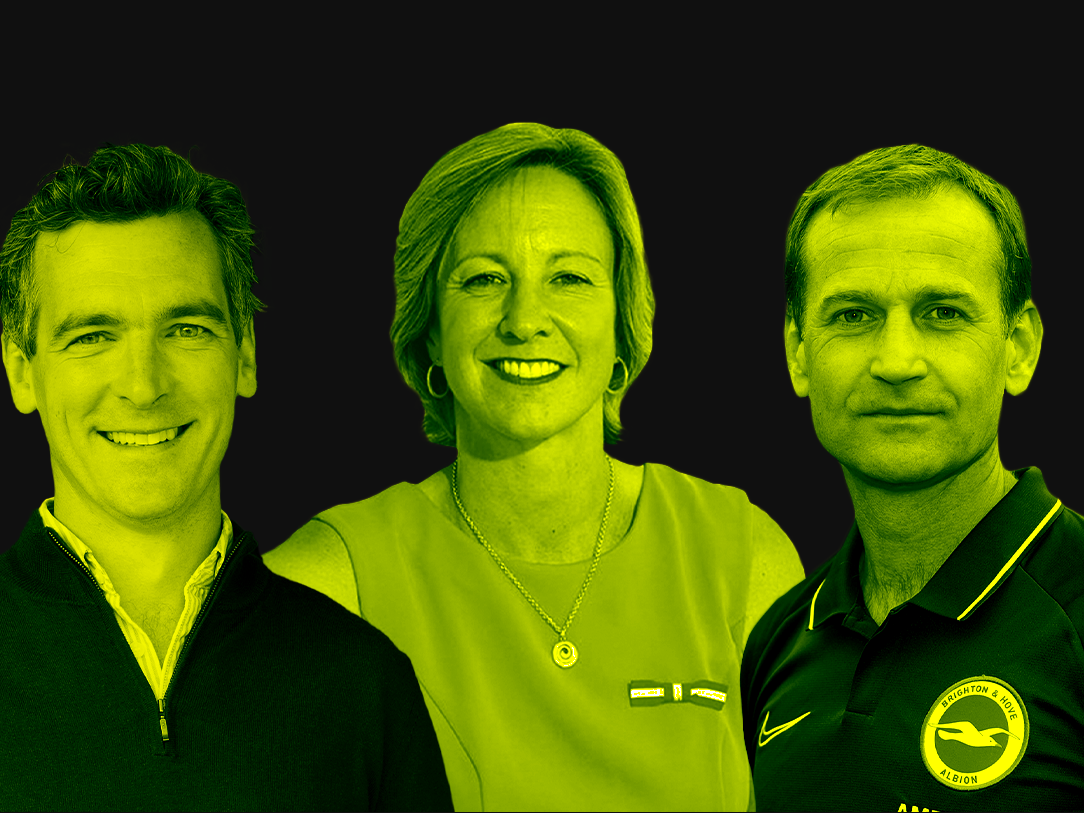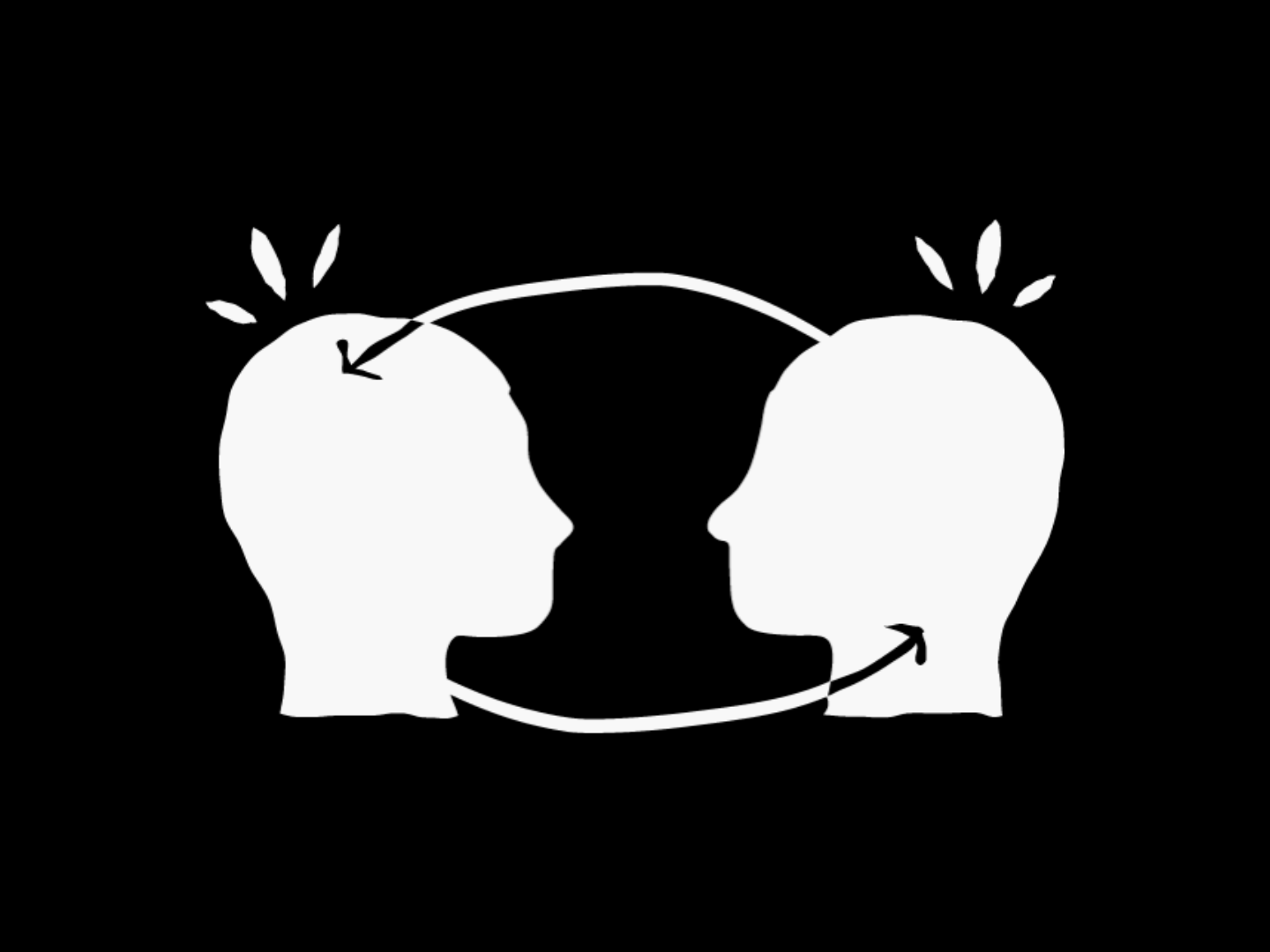Exploring this shift across high performance with the England & Wales Cricket Board, Brighton & Hove Albion and Elite Performance Partners.
“Yes, winning is important, but the players have a higher purpose, which is how they can play their part in inspiring generations, how they can help to connect communities through the cricket they play and be respected for who they are and what they do as much as the way they perform.”
Clare Connor, the Head of England Women’s Cricket at the England & Wales Cricket Board [ECB], illustrates perfectly how the dynamics of a modern sports organisation extend beyond mere winning and losing.
Connor was a guest on the latest Elite Performance Partners [EPP] webinar, Rethinking Organisational Dynamics. She appeared alongside Dan Ashworth, the Technical Director at Brighton & Hove Albion FC of the English Premier League. The host for the afternoon was performance specialist Meg Popovic.
Also joining the conversation was Dave Slemen, a Founding Partner at EPP, a search, selection and advisory firm working across elite sport and specialising in performance.
The panel addressed a series of questions, including a number submitted by an audience that consisted of 100 attendees drawn from members of the Leaders Performance Institute as well as a selection of high performance practitioners from across the globe.
Here, the Leaders Performance Institute explores the main questions raised on the day.
How to foster diversity within teams
Not only is cognitive diversity a valuable competitive edge, as Connor explained, it is essential for the ECB as it looks to diversify women’s and girls’ cricket and the range of its playing options without necessarily mirroring the structures of the male game.
She said: “We know that it’s a sport that, if we get it right, it can grow significantly amongst women and girls. We can grow in diverse communities in inner cities that don’t have much green space. What does cricket look like to those communities? How do we serve those communities and take cricket to them when maybe they haven’t had it before? How do we recruit people into our teams and organisation who bring with them experiences of other sectors or other sports who are going to help us see things differently?”
At Brighton, Ashworth adheres to a four-part process:
“First is diversity of people; building a team that’s able to look at things differently and through a different lens. Some assume that it’s age, gender, race diversity, but also diversity of experience and personalities – two 40-year-old white males can have totally different experiences and personalities.
“Secondly, without the right environment, people will not come forward with ideas and you won’t have that constructive conflict, that ability to challenge. Good ideas can come from anywhere in your organisation and I try to encourage and set non-hierarchical environments.
“Third is time. We get snowed under in professional sport with the doing and don’t spend enough time reviewing, planning and rethinking.
“The final bit for me is clarity. It’s about aligning your vision, getting everybody on track, getting everybody clear on what we’re here to do and it’s that different thought, diversity of thought, innovation, new ideas around what you’re here to do – not what you’re not. That sounds like stating the obvious but you’d be amazed what some people think innovation and diversity of thought is.”
Slemen also raised a question about measuring potential. “That’s a difficult thing to do when you’re hiring,” he said. “Diversity of thought concerns what people think – not what they’ve done. People often assess candidates against their experience as opposed to how they think. Being able to figure out a way to assess potential is key. Then, how do you put support around those people who possess potential but need to learn on the job?”
Catering for both individual and team goals
For Connor and the England women’s team, individual and team goals find alignment in the realms beyond performance. “A weird silver lining of Covid is that it has enabled conversations with players and staff about life outside of cricket,” she said. “We’ve seen some personal and individual growth through those conversations that ultimately circles back and will have a benefit on the team performance and the team environment.”
As current women’s world champions, the England team are motivated by winning but they are also concerned with growing the game. “They’re very conscious about where the sport has come from and they’re quite grounded, humble and grateful for their opportunity to be fully professional athletes. They feel connected and grateful to those who have come before them, knowing that this is their chance to take that forward. How do they remain connected to all of the good stuff of the past, while also driving future standards and rights and opportunities for female cricketers in the future?
“While those conversations aren’t about performance, they sort of are. They’re important threads around trust and having a common purpose and a common goal that sometimes is more powerful than talking about some of the performance elements.”
Strength in vulnerability
Open vulnerability has been a source of strength to Connor’s as she and the ECB seek to grow the female game. She said: “That’s constantly uncomfortable because there’s a real pace of change behind that and sometimes you feel like you’re leading that change and then you’ve got it by the reins. Often I don’t feel like I am and I feel the pace of change and navigating the politics of sport – sometimes you feel out of control with that.”
In a similar vein Slemen cited EPP’s work with the ECB’s new Regional Directors of Women’s Cricket. “At one meeting, someone said, ‘I don’t know the answer to this’ and another person said, ‘thank god, neither do I’. You could sense a big sigh of relief. That it’s OK not to know.
“The idea formed in the group that if they talk openly, they’re probably going to be able to figure it out together and that’s what happened. They’re all going through their own challenges in their own areas and they probably feel very isolated, yet most of their issues were linked and they could help each other. I think it gives them a better chance to be successful.”
Fast-tracking trust
The panel agreed that effective communication stems from a leader’s authenticity. “There’s a real link between effective communication and trust and how quickly you can establish both,” said Slemen. “It is better if you can earn those quickly, partly through character, partly through showing competency. When you’re speaking to the real leader and they’re not trying to be something else, it is easier to trust them and believe in them.”
“Diversity is your representation point, inclusion is your involvement,” said Connor.
“How does everybody, regardless of background, age, rank, language capability feel equally included to communicate and put forward their ideas and solutions? Ultimately, that does come down to leadership with connections, emotional intelligence and taking time to create the environment for that to happen.”
She cited the example of England captain Heather Knight. “Young players coming into that environment with other players who have played for England 150 times and won World Cups and Ashes, she makes them feel equally involved and valued. She does that in the way she constructs meetings, the way she does things formally and informally. She’s got an exceptional skill in listening and letting people feel that their voice matters.”
Ashworth speaks in similar terms of Brighton Manager Graham Potter. “Premier League dressing rooms are highly multicultural now,” he said. “To be an effective leader Graham’s got to be able to connect and communicate the technical and tactical detail as well as hold general conversations about their lives. He’s an outstanding connector and communicator and that’s probably the most important attribute of being a leader.”
Balancing wellbeing and the pressure to win
The need to win and the wellbeing of players and staff are not mutually exclusive. Connor has observed, particularly during the pandemic that when players feel the ECB’s duty of care, they are more committed to their performance goals. She said: “We found that because we’d taken that time to show that we care about them, they are engaging even more deeply and collaboratively across other problem-solving areas of performance.”
Click here to see the infographic of this takeaway.
This article was written in partnership with Leaders In Sport and first appeared on their website. To read the full range of insights we’ve collaborated on together, click here.
Related Posts
Building high-performance environments off the pitch in elite sport
September 28, 2023
0 Comments8 Minutes





